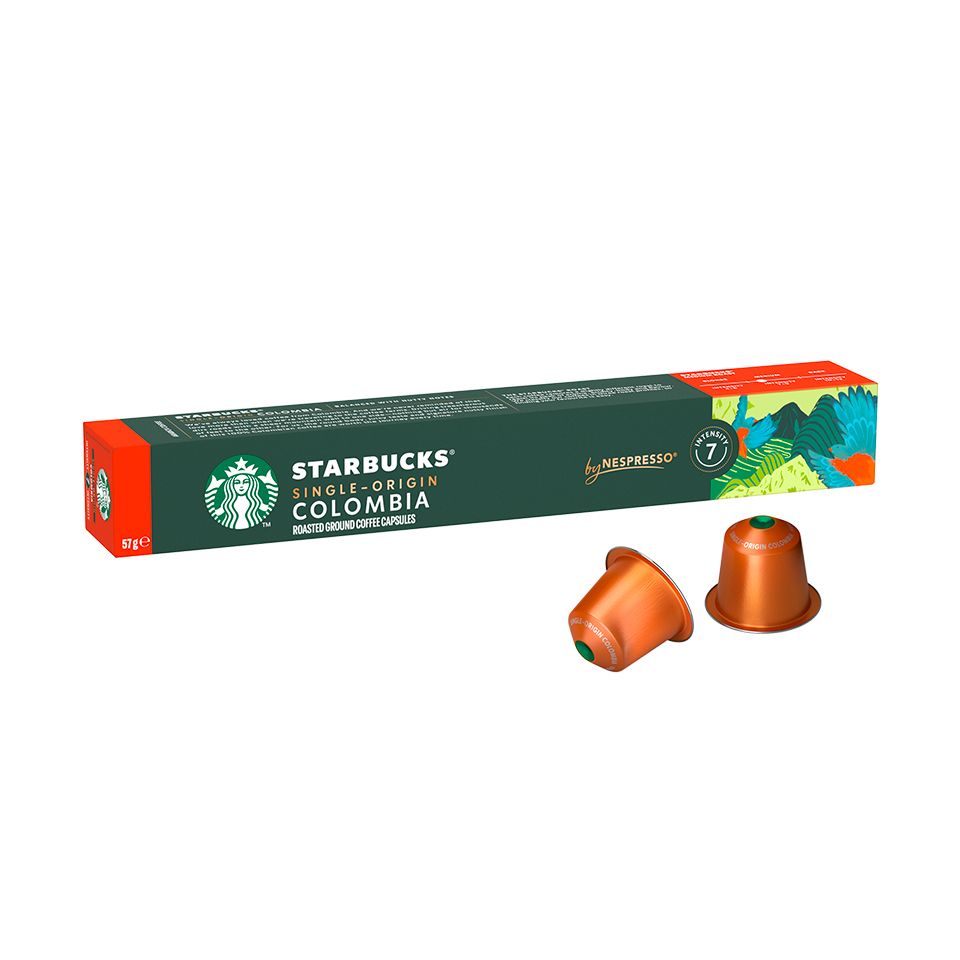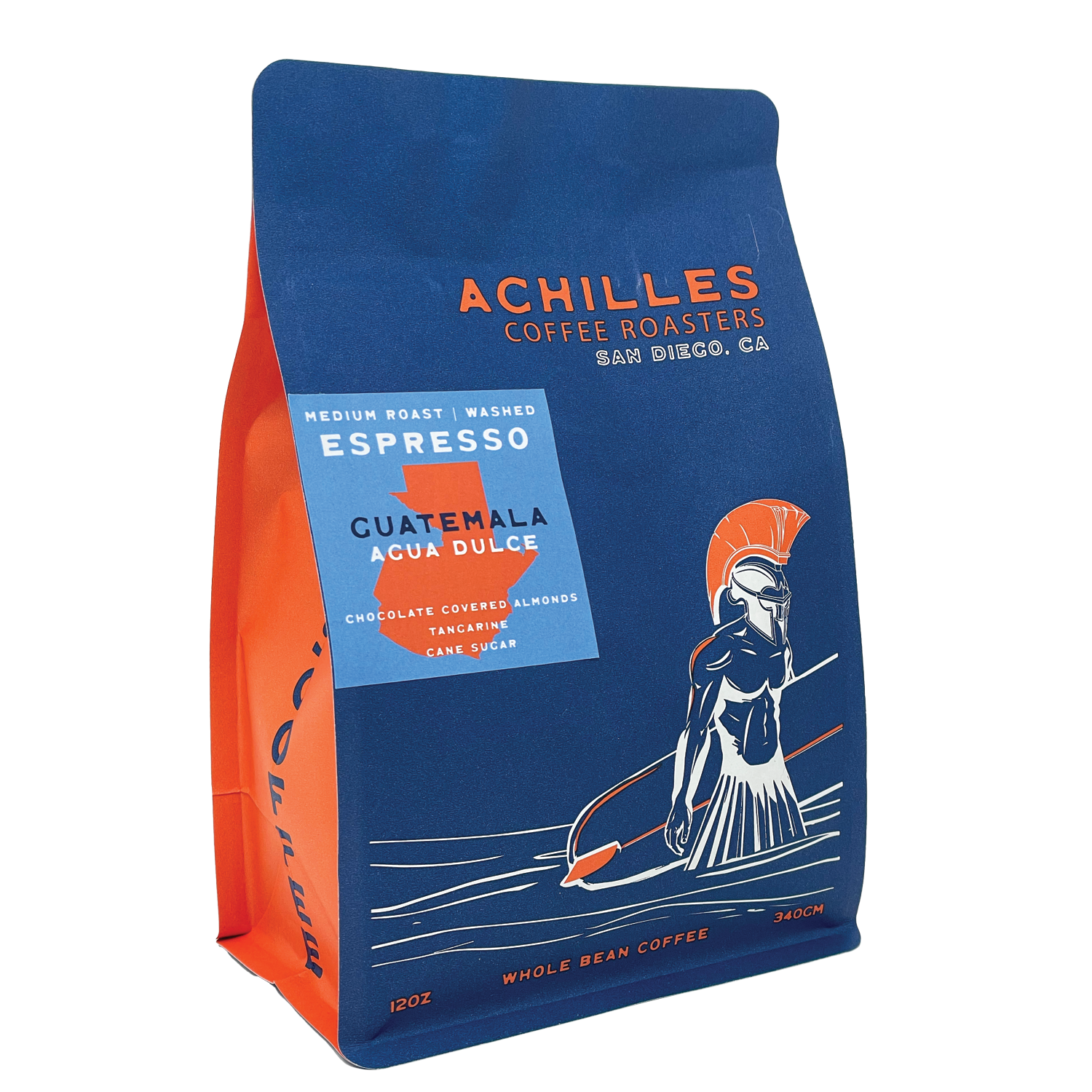Coffee Beans 101: Every Little Thing You Required to Learn About Coffee and Blended Coffee Beans
When it involves coffee, recognizing the nuances of coffee and blended beans can transform your day-to-day cup. You'll uncover the distinct features of Arabica and Robusta beans, and how each impacts flavor and high levels of caffeine content. From the expanding procedure to roasting methods, every step plays a function in your coffee experience. What makes the perfect mixture? Allow's check out the essential aspects that add to an extraordinary cup of coffee.
Recognizing Coffee Beans: Kinds and Selections
When diving into the world of coffee, recognizing the kinds and varieties of coffee beans is essential for each lover. You'll mostly encounter two main types: Arabica and Robusta. Arabica beans are recognized for their smooth, complicated flavors and lower caffeine material, making them a preferred among coffee fanatics. On the other hand, Robusta beans pack a punch with a stronger, much more bitter preference and higher caffeine degrees, typically utilized in espresso blends.
Within these species, you'll discover numerous local selections, each bringing unique qualities. Ethiopian Yirgacheffe uses brilliant floral notes, while Colombian beans supply a well-balanced flavor profile. As you explore, remember to focus on processing techniques like washed or natural, as they can greatly affect the last taste. By acquainting yourself with these beans and their tastes, you'll raise your coffee experience and make more enlightened selections in your developing journey.
The Expanding Process: From Seed to Bean
When you discover the journey of coffee, everything begins with seed selection methods that set the structure for high quality. From there, cultivation and collecting play vital roles in guaranteeing the beans thrive. Processing approaches transform those gathered cherries into the coffee beans you like.
Seed Selection Techniques
Selecting the right seeds is necessary for producing high-grade coffee beans, as it lays the structure for the entire growing procedure. Pay interest to the seed's age and storage space conditions, as fresh seeds have a tendency to germinate better. Take into consideration the illness resistance of various ranges, as this can considerably influence your yield.
Farming and Harvesting
As you nurture your coffee seeds right into thriving plants, understanding the farming and harvesting procedure is vital for attaining the ideal flavor and top quality. Begin by planting your seeds in well-draining dirt, ideally in a shaded location to protect them from straight sunlight.
When it comes time to harvest, look for ripe cherries, which generally turn a lively red. Hand-picking is often the very best method to assure only the ripest cherries are selected. Timing is important; harvesting prematurely or too late can affect the flavor profile of your beans. Accept persistence and care, as this is where top quality begins.

Handling Techniques Explained
When you have actually harvested your coffee cherries, the following essential step is refining them to transform those dynamic fruits right into the beans you'll make. There are 2 main methods: the wet process and the completely dry process. In the completely dry process, you spread the cherries out in the sunlight to completely dry, permitting the fruit to ferment and impart special flavors to the beans. On the other hand, the wet procedure involves eliminating the fruit immediately and fermenting the beans in water, resulting in a cleaner taste. After handling, the beans are hulled, arranged, and generally dried again. Each technique impacts the taste account, so experimenting with both can assist you uncover your favored mixture. Comprehending these approaches is vital to appreciating your coffee experience.
Roasting Strategies: How Taste Is Established
When it pertains to roasting coffee beans, understanding roast degrees is key to exposing their unique tastes. Each roasting method effects the aroma and boosts the taste advancement process, giving you a richer coffee experience. Allow's check out exactly how these elements collaborated to elevate your daily mixture.
Roast Levels Discussed
Roast degrees play a necessary role fit the taste profile of your coffee. When you pick a light roast, you'll take pleasure in brilliant acidity and fruity notes. As you relocate to a medium roast, you'll notice an equilibrium of sweetness and intricacy, frequently highlighting chocolate or caramel tastes. Dark roasts, on the other hand, provide bold, great smoky qualities with much less acidity, making them rich and durable. Each level arises from various roasting times and temperatures, affecting the beans' chemical composition. By comprehending these degrees, you can better pick a coffee that matches your preference choices. Try out different roasts to discover which one reverberates with you, boosting your overall coffee experience and enjoyment.
Effect On Fragrance
The roast degree not only influences the preference of your coffee but likewise substantially affects its scent. When you select a light roast, you'll often discover bright, flower notes that can make your coffee smell dynamic and fresh. As the beans darken, the scent changes; a tool roast highlights much more well balanced, caramelized aromas, while a dark roast tends to feature strong, great smoky touches. Each toasting strategy releases different unstable compounds, shaping just how your coffee scents. In addition, the quality of the beans plays an essential role; freshly roasted coffee launches a lot more fragrant oils, improving that luring scent. So, focus on the roast degree-- it's crucial to exposing the complete aromatic experience of your mixture.
Taste Advancement Process
As you discover the flavor growth process, you'll uncover that toasting methods play a vital function in forming the taste account of your coffee. The toasting temperature and time straight influence the acidity, sweet taste, and bitterness of the beans. Light roasts maintain even more of the bean's initial tastes, highlighting fruity and floral notes.
Espresso vs. Blended Coffee: Secret Differences
Espresso and mixed coffee each deal distinct experiences that provide to various preferences and choices. Coffee is a concentrated coffee made forcibly warm water via finely-ground coffee beans, causing an abundant, vibrant flavor and a creamy layer of crema on top. It's often delighted in as a shot or utilized as a base for drinks like lattes and coffees.
On the other hand, Single Origin Espresso blended coffee combines various beans from different regions, creating a much more well balanced flavor profile. You'll typically locate blends that highlight acidity, sweetness, or body, making them versatile for different brewing methods. While coffee concentrates on intensity, blended coffee might supply a more comprehensive variety of tastes that can alter with each sip.
Eventually, your choice between coffee and mixed coffee boils down to your personal preference. Whether you long for a fast shock or a leisurely mug, both alternatives have something delicious to provide.

Brewing Approaches: Unlocking the Perfect Mug
When it involves brewing coffee, discovering the right approach can change your experience and boost your mug. Each brewing strategy has its special appeal and can substantially affect your coffee's taste and aroma. Using a French press allows you to delight in a abundant and full-bodied brew, while a pour-over approach provides a clean, bright mug with distinct flavors.
If you choose espresso, investing in a top quality device can help you master the art of drawing shots. Conversely, for comfort, a single-serve sheath system uses speed without compromising taste.
Don't forget chilly mixture, which delivers a smooth, less acidic coffee ideal for warm days. Try out various techniques to find what resonates with your palate. Each developing method opens a new globe of opportunities, so put in the time to discover and locate your excellent mug. Satisfied developing!
Tasting Notes: Determining Flavor Profiles
Exactly how can you truly value your coffee if you do not understand what tastes to look for? Tasting notes are your overview to comprehending the complex globe of coffee. Some coffees could leave a chocolatey or sugar aftertaste, while others might have an intense, clean coating.
Think about the body of the coffee, too; is it light and ventilated or thick and syrupy? Don't fail to remember acidity; a brilliant level of acidity can add vigor, while a reduced level of acidity could offer a smoother experience. By recognizing these taste profiles, you'll strengthen your connection with each mug, making coffee sampling a wonderful journey of discovery.

Tips for Picking and Storing Coffee Beans
Picking and storing coffee beans correctly can significantly improve your developing experience. Beginning by choosing premium beans that match your preference - SOE.
As soon as you have your beans, save them in a closed container to avoid direct exposure to dampness, light, and air. A dark, cool location functions best, so prevent keeping them in the fridge or freezer, as this can present dampness. Only grind the quantity you need to preserve quality; entire beans maintain flavor longer than pre-ground coffee.
Finally, try to use your beans within two to four weeks after opening up for peak taste. Complying with these suggestions will certainly assure your coffee remains savory and satisfying, boosting your daily brew to brand-new heights.
Often Asked Concerns
For How Long Do Coffee Beans Remain Fresh After Toasting?
Coffee beans stay fresh for concerning 2 weeks after roasting - SOE. You need to store them in a closed container, away from light and wetness. Afterwards, their taste and scent start to decrease considerably

Can I Mix Different Coffee Bean Varieties?
Absolutely, you can mix various coffee bean selections! Trying out blends can improve tastes and develop an one-of-a-kind taste account. Simply make certain to stabilize the staminas and features of each variety for the finest outcomes.
What Is the Ideal Work Size for Espresso?
For coffee, you'll desire a fine grind size, about the texture of common salt. This allows perfect extraction, leading to an abundant, tasty shot. Experiment a bit to find what suits your taste best!
Exactly How Does Altitude Affect Coffee Bean Flavor?
Elevation affects coffee bean flavor by affecting the growth price and chemical structure. Greater elevations lead to slower growth, which enhances level of acidity and complexity, offering your coffee a vivid and distinct preference you will not forget.
Exist Decaffeinated Variations of Coffee Beans?
Yes, there are decaffeinated versions of espresso beans. You can appreciate a rich coffee taste without the high levels of caffeine kick. Simply seek "decaf" blends at your local coffee bar or specialized shop.
Coffee Beans 101: Every Little Thing You Required to Know About Espresso and Blended Coffee Beans.
When diving into the world of coffee, comprehending the kinds and varieties of coffee beans is important for every fanatic.When it comes to roasting coffee beans, understanding roast degrees is key to exposing their unique flavors. Espresso is a focused coffee brewed by forcing hot water with finely-ground coffee beans, resulting in a rich, strong flavor and a luscious layer of crema on top.On the other hand, blended coffee combines various beans from different regions, creating a more well balanced flavor profile.